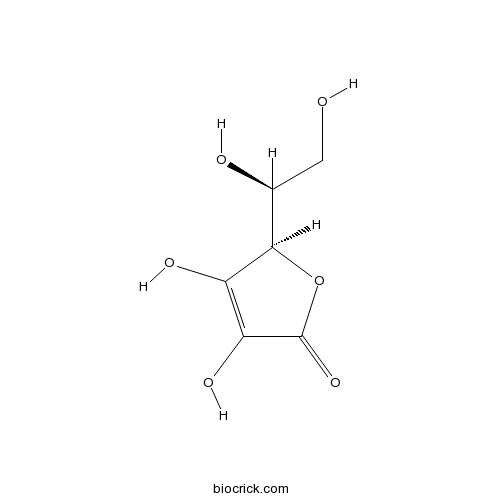Convallaria majalis
Convallaria majalis
1. The products in our compound library are selected from thousands of unique natural products; 2. It has the characteristics of diverse structure, diverse sources and wide coverage of activities; 3. Provide information on the activity of products from major journals, patents and research reports around the world, providing theoretical direction and research basis for further research and screening; 4. Free combination according to the type, source, target and disease of natural product; 5. The compound powder is placed in a covered tube and then discharged into a 10 x 10 cryostat; 6. Transport in ice pack or dry ice pack. Please store it at -20 °C as soon as possible after receiving the product, and use it as soon as possible after opening.
Natural products/compounds from Convallaria majalis
- Cat.No. Product Name CAS Number COA
-
BCN2207
Ascorbic acid50-81-7
Instructions

Steroidal Glycosides from Convallaria majalis Whole Plants and Their Cytotoxic Activity.[Pubmed: 29112119]
None
Adonis sp., Convallaria sp., Strophanthus sp., Thevetia sp., and Leonurus sp. - Cardiotonic Plants with Known Traditional Use and a Few Preclinical and Clinical Studies.[Pubmed: 27748195]
Plants have been always a fruitful source of active metabolites against many human disorders, where cardiovascular (CV) diseases have been one of the major health problems all over the world. There are some clinically proved medicinal plants with cardioprotective effects such as Crataegus monogyna and C. oxyacantha (hawthorn) from Rosaceae. On the other hand, cardiac glycosides, present in a number of plant species, are wellknown for their cardiotonic activity. However, we encountered such a fact that very less number of studies are available on the source plants; e.g. Adonis vernalis, Convallaria majalis, Strophanthus kombe, Thevetia peruviana, Leonurus cardiaca, etc. Consequently, we herein aimed to cover all available data consisting of in vitro, in vivo, and human studies (if any) on cardiotonic effects of the aforementioned species through a wide literature search using Scopus, Web of Science as well as Pubmed.
Flowering phenological changes in relation to climate change in Hungary.[Pubmed: 26768142]
The importance of long-term plant phenological time series is growing in monitoring of climate change impacts worldwide. To detect trends and assess possible influences of climate in Hungary, we studied flowering phenological records for six species (Convallaria majalis, Taraxacum officinale, Syringa vulgaris, Sambucus nigra, Robinia pseudoacacia, Tilia cordata) based on phenological observations from the Hungarian Meteorological Service recorded between 1952 and 2000. Altogether, four from the six examined plant species showed significant advancement in flowering onset with an average rate of 1.9-4.4 days per decade. We found that it was the mean temperature of the 2-3 months immediately preceding the mean flowering date, which most prominently influenced its timing. In addition, several species were affected by the late winter (January-March) values of the North Atlantic Oscillation (NAO) index. We also detected sporadic long-term effects for all species, where climatic variables from earlier months exerted influence with varying sign and little recognizable pattern: the temperature/NAO of the previous autumn (August-December) seems to influence Convallaria, and the temperature/precipitation of the previous spring (February-April) has some effect on Tilia flowering.


